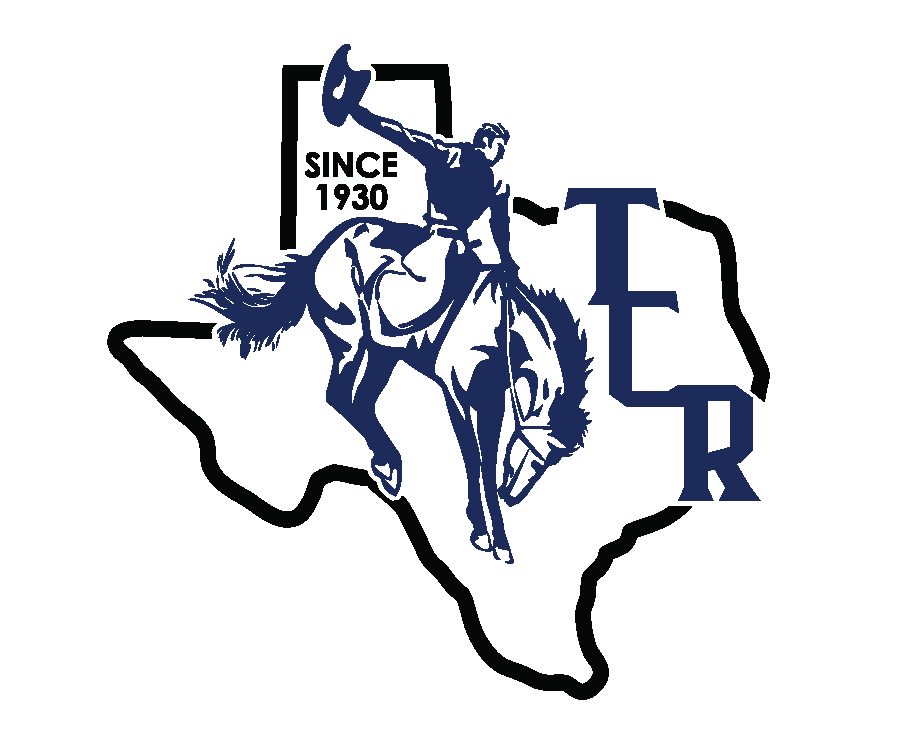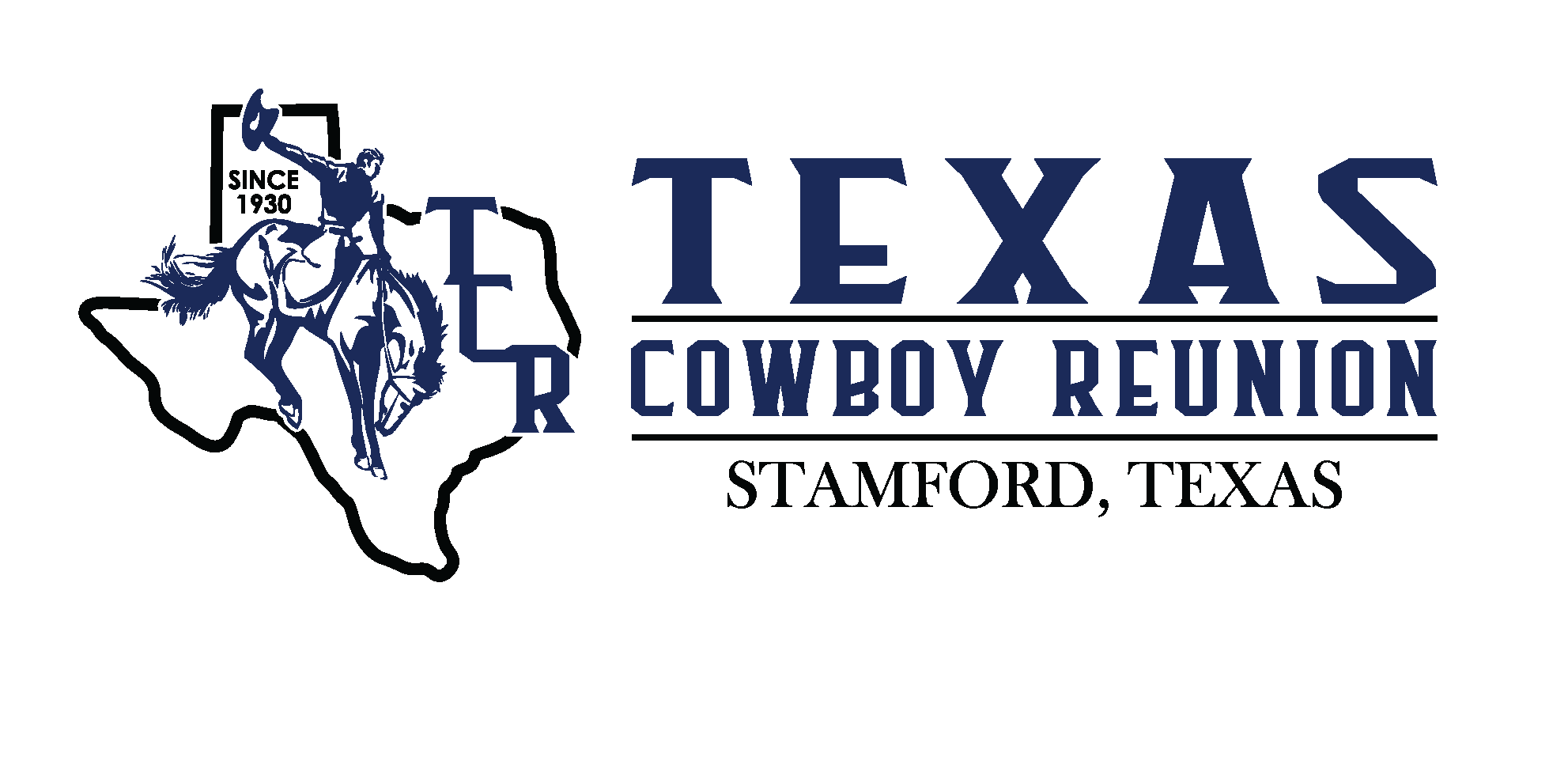Texas Cowboy Reunion: Carrying on the Traditions of the Pioneers
In the spring of 1930, a group of men, many of whom were pioneers of Stamford, met to discuss forming an organization, a community project that would help pull the town out of the Great Depression. They wanted to honor the pioneers of the west and provide a place where they could come together and “live again the days of the longhorn and open range,” and so these men decided on a rodeo. After discussing various possible names, Ray Rector, pioneer photographer, spoke up and said, “I move that we call it the Texas Cowboy Reunion!”
 The first meeting was set for June 26, 27, and 28 of 1930. With no time to build an arena, the group decided on a natural amphitheatre on Swenson Ranch, the sides on which crude benches were constructed. The registration exceeded the hopes of those who organized the first reunion, with 98 contestants. Eight outfits brought their chuck wagons along to set up camp. The participants and fans came from all over Texas, New Mexico, Arizona, Oklahoma, and elsewhere.
The first meeting was set for June 26, 27, and 28 of 1930. With no time to build an arena, the group decided on a natural amphitheatre on Swenson Ranch, the sides on which crude benches were constructed. The registration exceeded the hopes of those who organized the first reunion, with 98 contestants. Eight outfits brought their chuck wagons along to set up camp. The participants and fans came from all over Texas, New Mexico, Arizona, Oklahoma, and elsewhere.
Those men who were considered “pioneers”, who had worked cattle before 1895 were given badges which allowed them all of the privileges the rodeo had to offer, which included admittance to the performances and contests in bronc riding, calf roping, wild cow milking, and wild steer riding. There were also a fiddler’s contests and square dances.
The Texas Cowboy Reunion is responsible for many contests which are now considered a part of rodeos everywhere, such as the cutting horse contest, wild cow milking, barrel racing, and the idea of sponsors.
Begun as a small community project, started with a few men, the Texas Cowboy Reunion grew to be known as the largest amateur rodeo in the world. It had one mission, as stated by Ray Rector: “To perpetuate the memory of the West, to entertain the pioneers of the past, to keep alive the traditions of those that wrested this country from the Indians and the Buffalo is our one aim, and to this task we have pledged our time, our money, and our efforts. With this idea in view we believe our organization will continue to grow until the last drive has been made, the last alkali bogs have been passed and the last great round-up will find us all together where cutting horses never gets tired and where no night guards are needed.”

